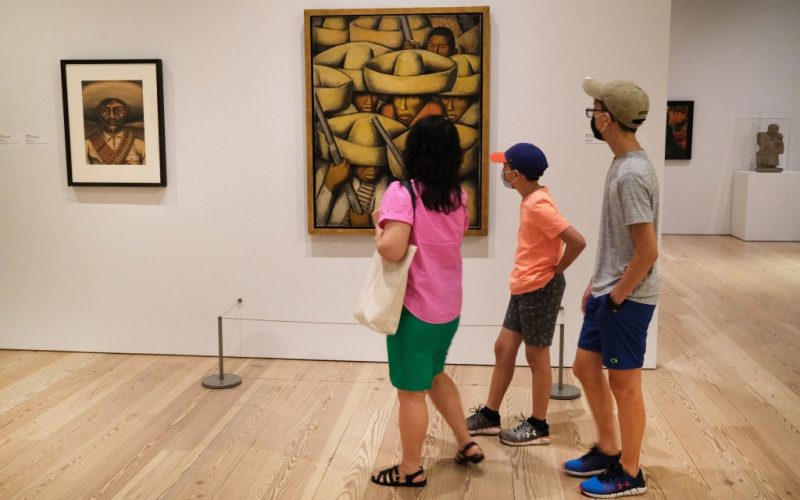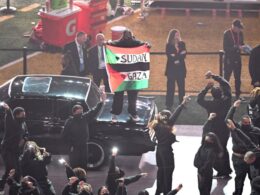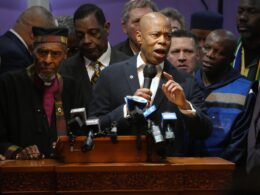The Whitney Museum of American Art announced Tuesday it was expanding which visitors are eligible for free admission to anyone 25 years or younger.
The new standard comes on the heels of the museum introducing “Free Friday Nights” and “Free Second Sundays” in January. The former provides free admission between 5 and 10 p.m. on Fridays and the latter offers free entry all day on the second Sunday of every month.
The museum said it had welcomed an additional 300,000 visitors in 2024 because of its free and discounted admission programs.
The new program starts in mid-December. Similar to other programs, visitors will still need tickets, which can be booked online or in person.
“Since its founding the Whitney has been committed to supporting young and innovative artists, and we now hope to further support younger audiences, too, by addressing financial barriers that affect this group the most,” said Scott Rothkopf, the Whitney’s Alice Pratt Brown Director. “I believe deeply in the cultural and social impact we can have by sharing the vitality and relevance of the Whitney’s artistic program with young people from New York, the United States and around the globe.
“The launch of our first two free admissions programs have had such an incredible impact on our audience that we wanted to go even further in making the Whitney one of the most accessible large museums in America,” said Rothkopf. “You can feel the amazing energy in the galleries on free days, and I couldn’t be more excited to see that grow.”

The new program was made possible through donations from artist Julie Mehretu and philanthropist Susan Hess. Both are members of the Whitney Board of Trustees.
“You can’t have any conversations around diversity, equity and inclusion without providing access, and the culture can’t change and it can’t continue to grow without new and diverse voices having access to what is being created at the moment,” Mehretu said.
“If you really want to push and evolve the discourse, many more people need to have access to be able to participate, and this program is a step in the right direction — and we need more,” Mehretu said.
The museum, which is located in the Meatpacking District, first opened its doors in 1931.








